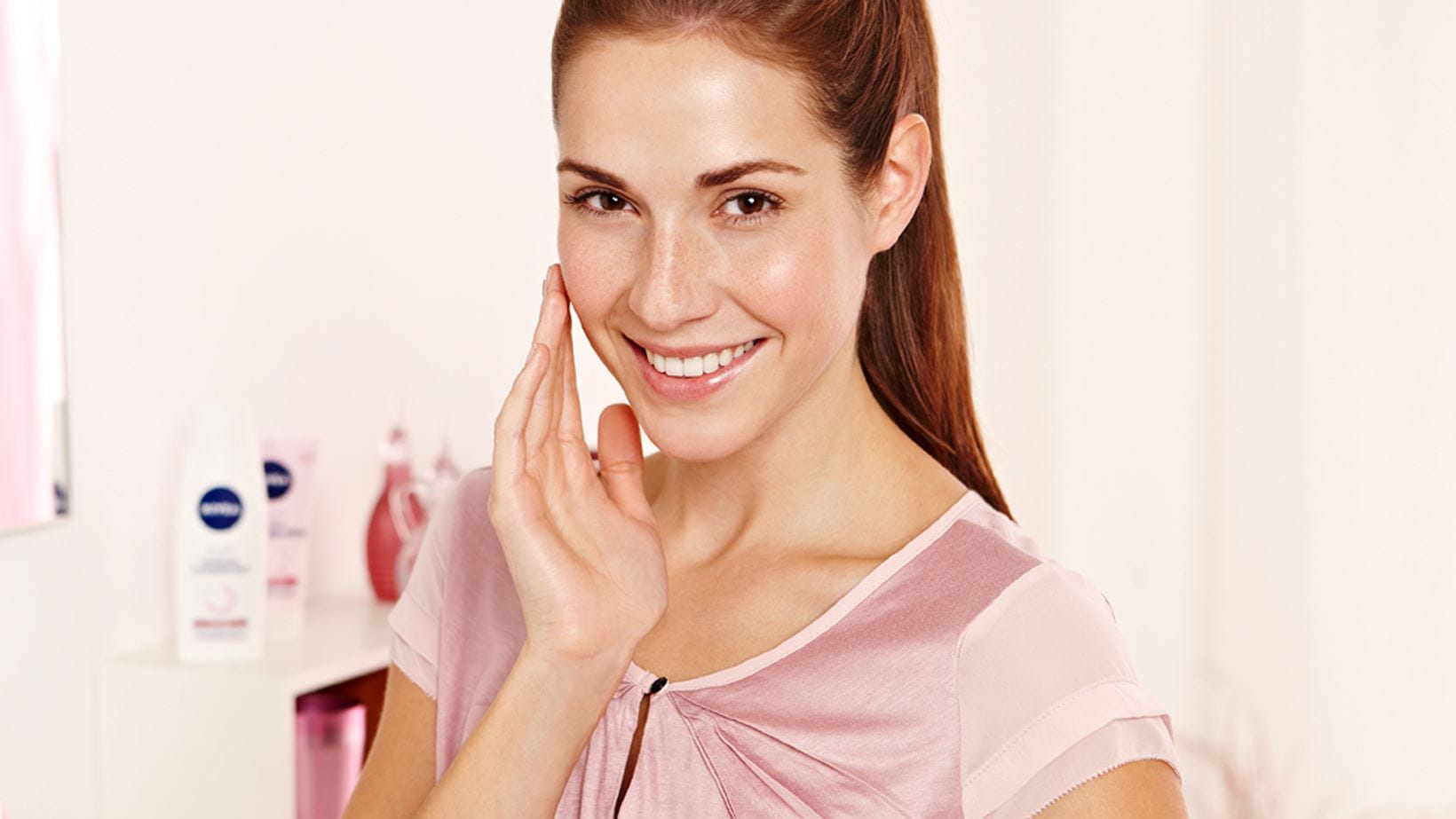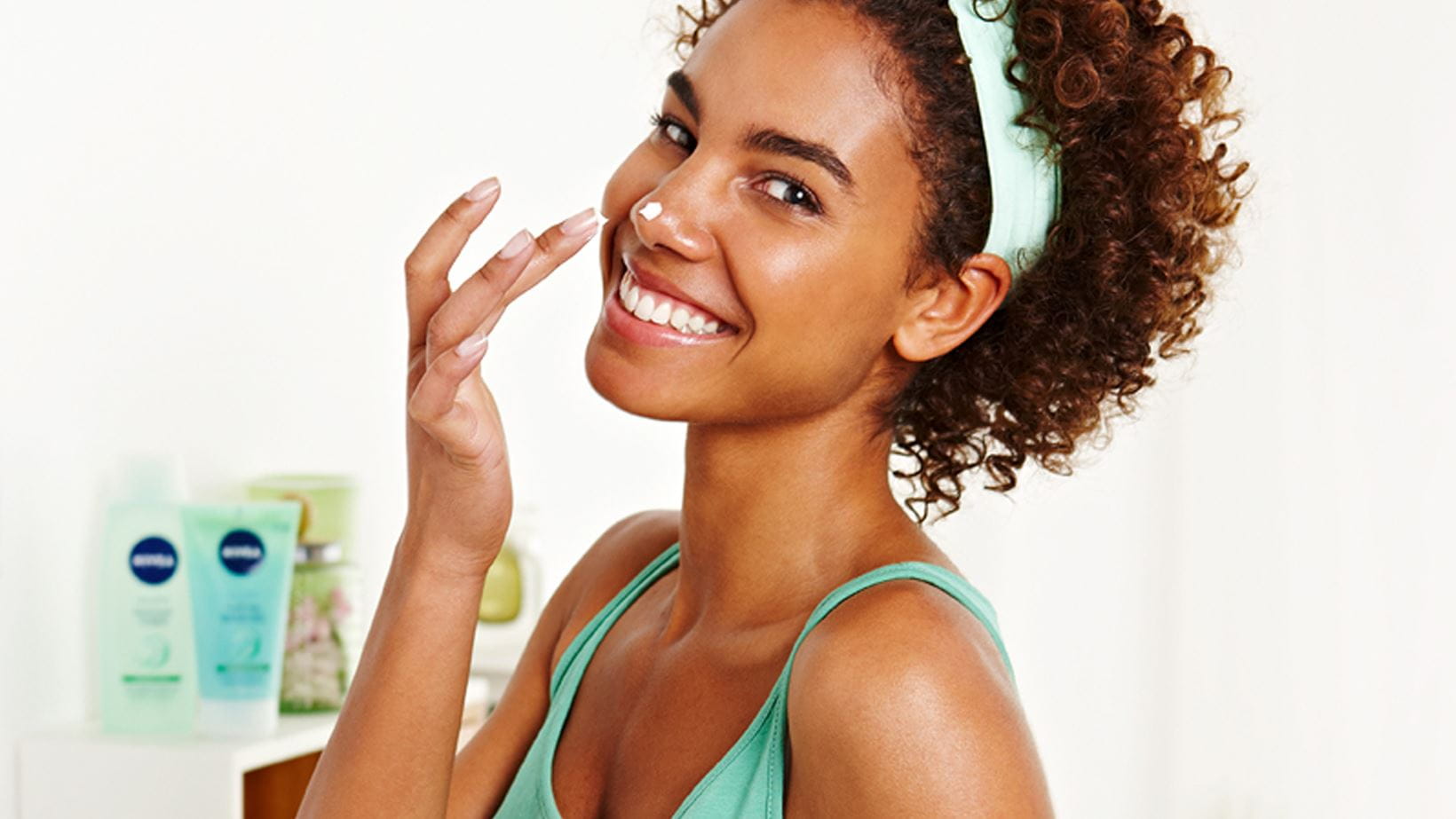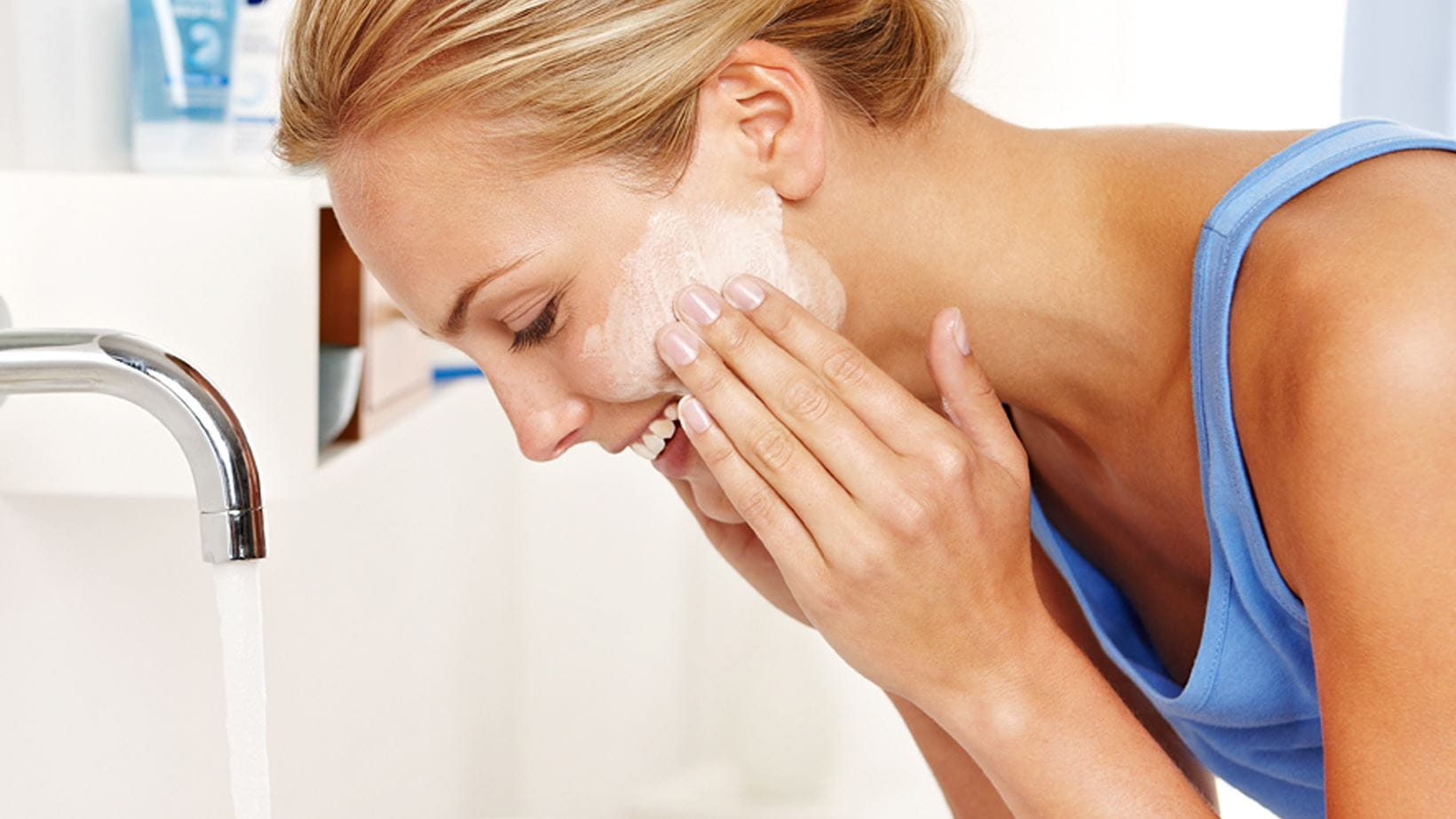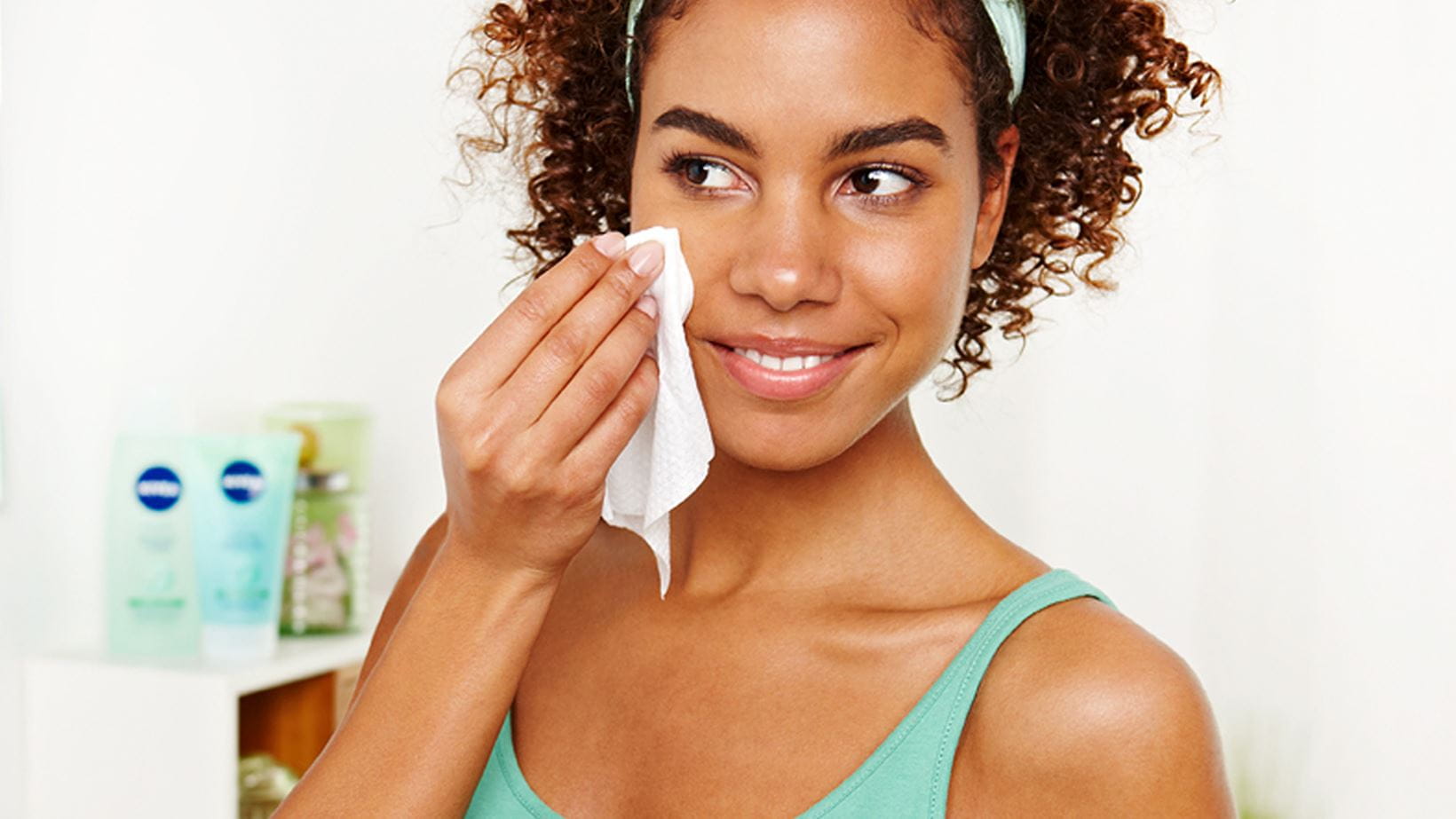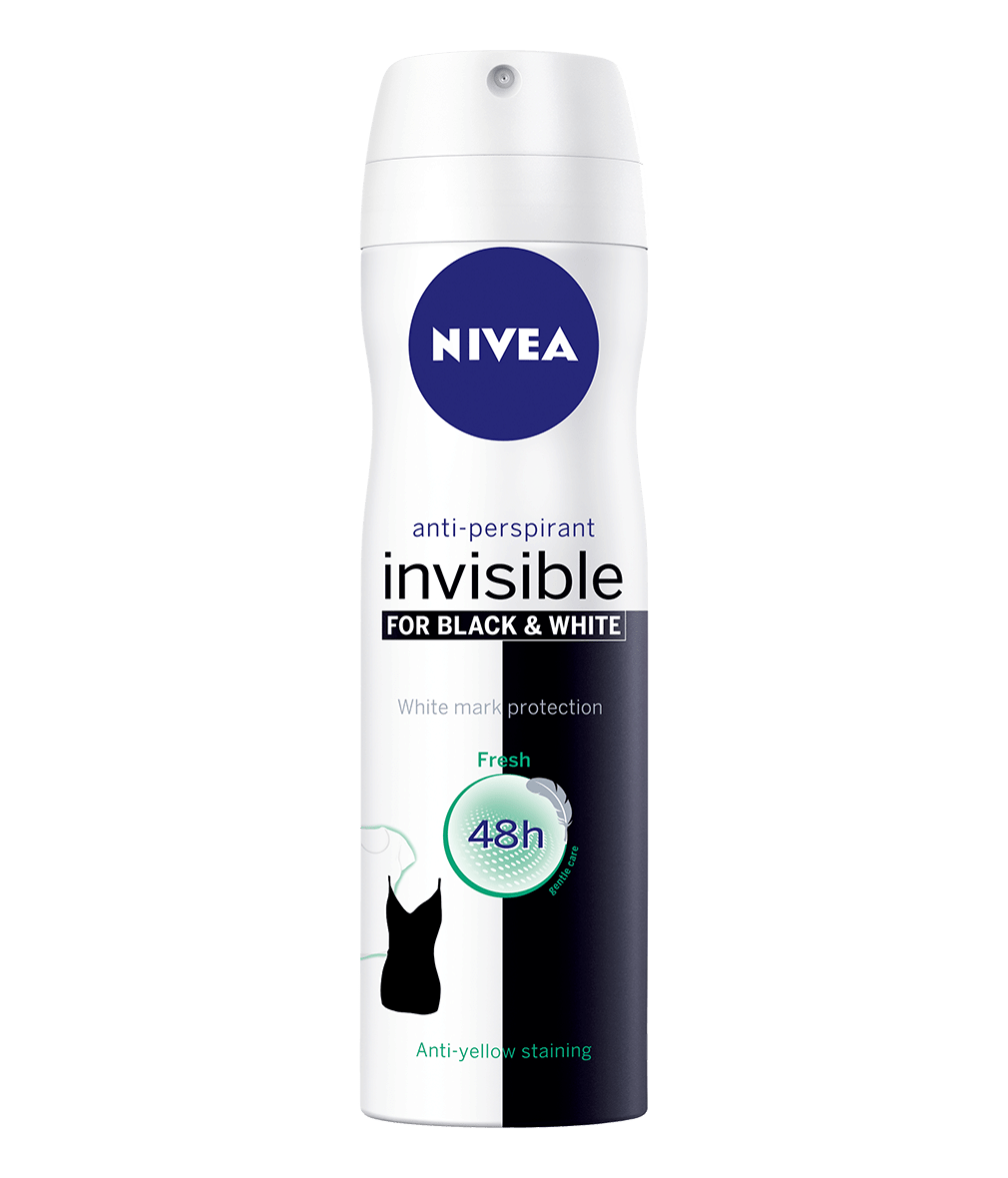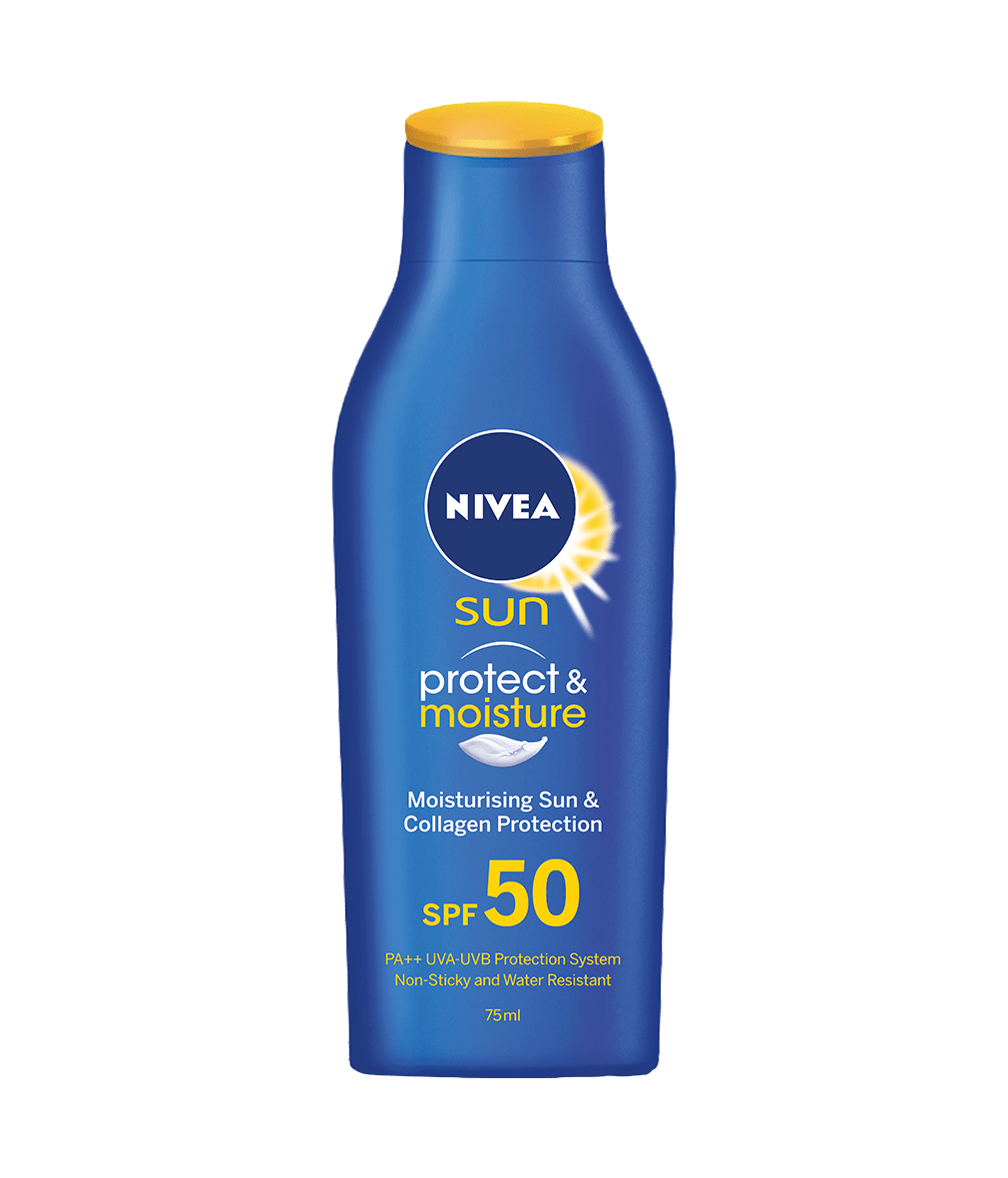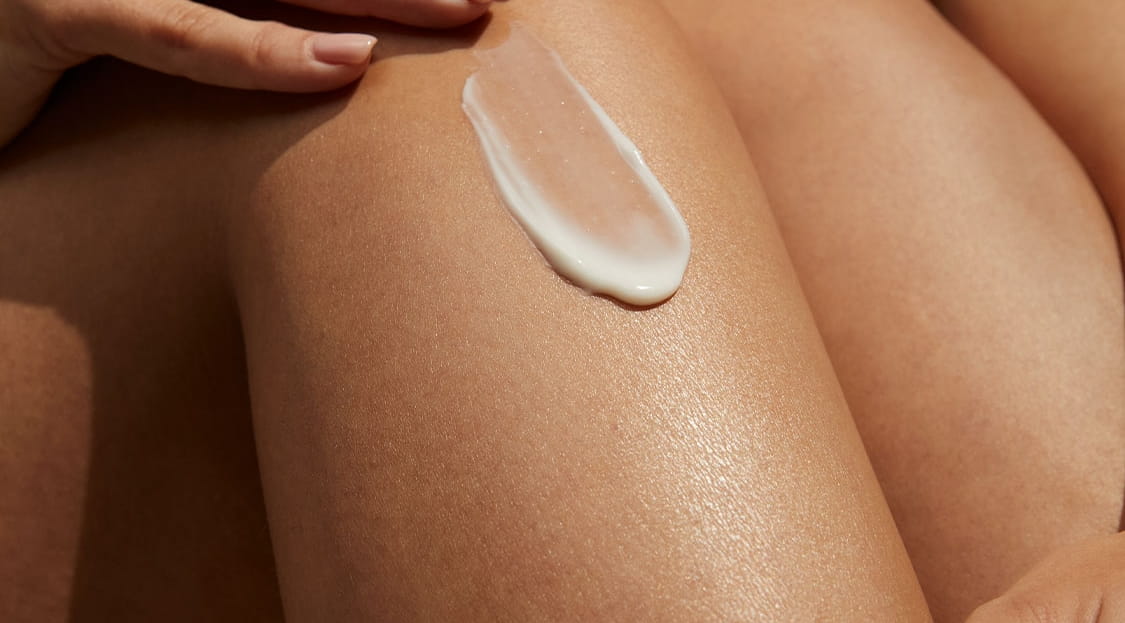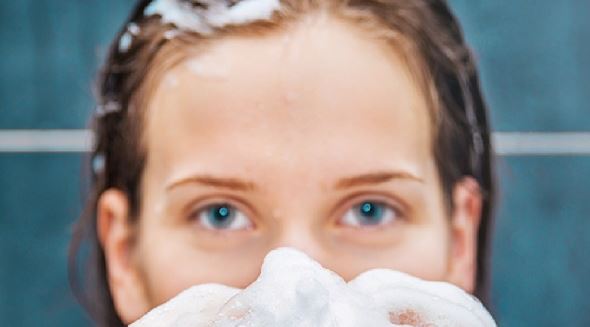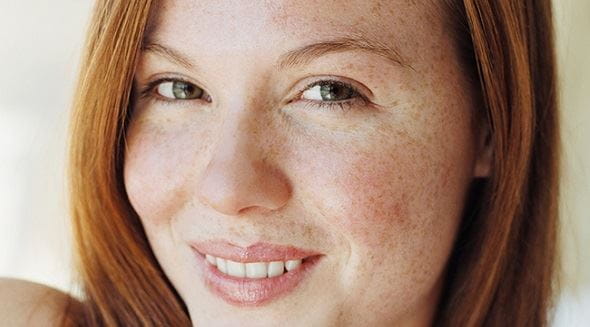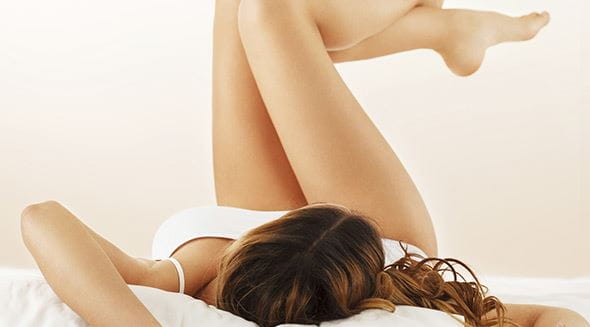Your face looks pale, shiny and has large pores. Spots and
blackheads spread across your forehead, nose, chin, upper chest area and back. The impurities occur because your
sebum production is working flat out. These
skin problems are caused by hormonal changes during puberty.
Care tip: don’t squeeze the spots – this will cause them to become inflamed and will cause unsightly scars. Use products that are especially for im
pure skin, with
‘non-comedogenic’ formulas (this means that they prevent
blackheads forming) and have anti-bacterial properties – like all the products for im
pure skin from
NIVEA. You can be sure that these creams will not clog your
skin’s pores. What’s more, they cover up small impurities and give the
skin a slight matte effect.


